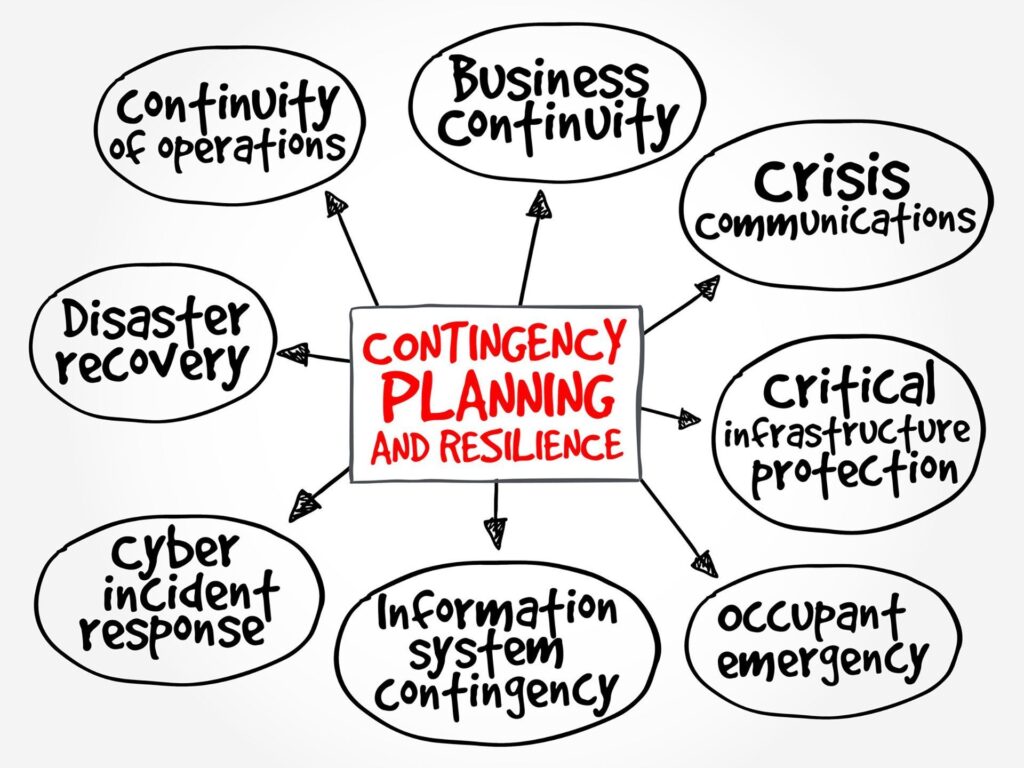3 Statistics That Show How Important Your Data Backup System Is

Back It Up.. The Right Way. The fear of losing data fuels the data backup market, and with all the new threats that are constantly trying to find you on the Internet, every company has to have a strategy to protect their data. A lot of small businesses struggle to recover if they don’t have […]
How to Be Sure Your Business Continuity Plan is Complete

Building Business Continuity Plan While it may not be fun to consider the worst-case scenario, it is important that you have a plan to ensure that your business will be able to survive when the chips are down. This plan to ensure that your business will continue is called (appropriately enough) a business continuity plan, […]
Create A Solid Business Continuity Plan

Disaster always seems to hit us when we least expect it, which is why you need business continuity. With the various disasters that continue to occur, this has proven to us that no business or organization can truly afford to think that an emergency will never have an impact on their livelihood and their business […]
Is Your Business Ready for Investors to Take a Closer Look?

Business Ready for Investors? Investors rarely care about the nature of your business, they care if you’re business ready. They might not even care about the long-term profitability of your business. What they want to know is how quickly they’re going to get their money back and what type of return they should be expecting. […]








